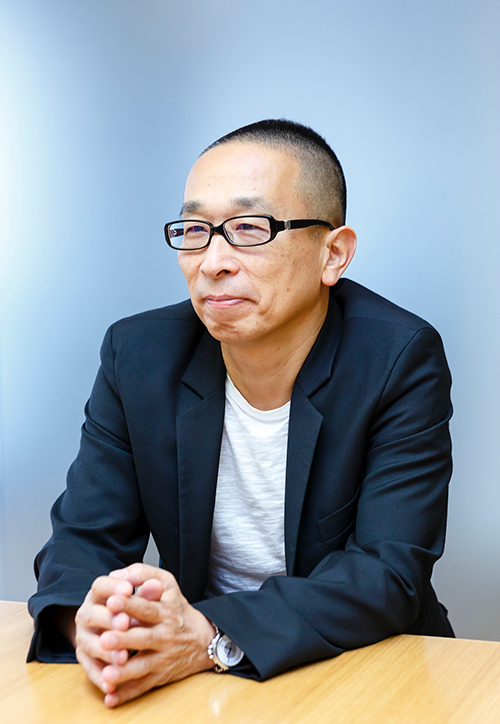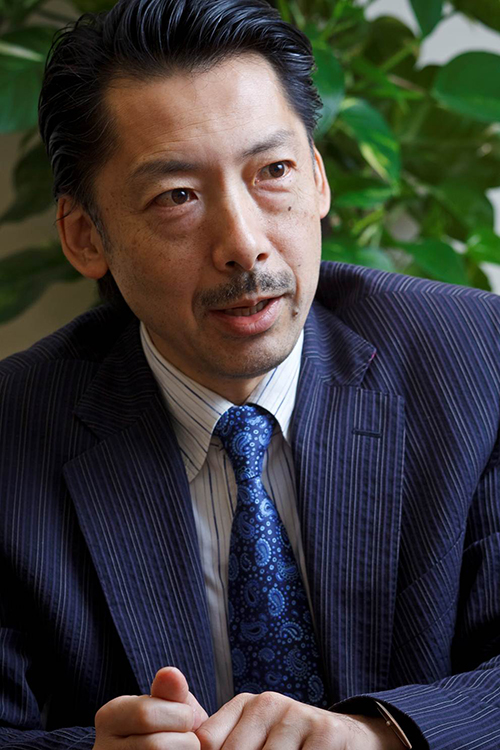contents
Directors
Where is waste born, and where does it go? What happens to excrement after we flush the toilet? People seldom have regard for the next stage of things that are washed away, or tossed in the trash. As soon as an entity exits our body, though it was part of us until just moment before, we deem it dirty. How did such contemporary notions of waste and excrement become normalized? Was it a good idea to form social infrastructures based on notions of waste and excrement?
Until the end of Japan's Edo Period, in the mid-19th century, most things, not excluding excrement, were in continual circulation. Then modern government arrived, with compartmentalizing public administration and convenience-oriented capitalism. In such a society people were kept in ignorance of the truth of what was happening around them. Such changes took place long ago, but we all now realize the situation they have led us to, with rapid degradation of the global environment. 4.6 billion years of the earth's history have seen tremendous and repeated change, creating seemingly miraculous phenomena. Unraveling these processes through modern science and technology will provide clues to what humanity must now do, and the direction in which we should be going.
When I broached the subject of waste with Shinichi Takemura, who had worked with us on the previous 21_21 DESIGN SIGHT exhibitions "water" and "KOME, the Art of Rice," our conversation immediately turned into the issue of excrement. As a consequence, both the theme and title of this show appeared in tandem.
We are well-aware that circulation is a difficult theme to ponder. That is why we again sought Takemura's help. His positive input is being assisted by many participating creators. We still aren't sure what we we have been able to achieve, but we feel we had to try. Environmental matters are so critical that they seem almost unavoidable matters for a design institution to consider. That is why we started this project. We remain concerned about how to turn such tricky issues into an interesting exhibition. That is yet another challenge imposed on us as we design this exhibition.
Taku Satoh

Taku Satoh
Graphic Designer, Director at 21_21 DESIGN SIGHT
Graduated Department of Design, Tokyo University of the Arts, 1979. Completed Master's Degree, Graduate School, same university, 1981. Design activity centers on poster graphics, commodity and facility branding, and corporate identity. Representative works include Lotte XYLITOL gum, Meiji Oishii Gyunyu. Also in charge of overall supervision for NHK Educational TV programs "Design Ah!" and "Design Ah! neo." Author of "Sosuru shiko" (plastic thought, Shinchosha), "Māku no Hon" (book of mark, Kinokuniya shoten), "Just Enough Design" (Chronicle Books). Awards include Mainichi Design Prize, Minister of Education's Art Encouragement Prize, Medal with Purple Ribbon.
The history of the Earth is the history of upcycling into a "pooploop."
Each time a new lifeform emerged, it brought with it a previously unknown type of waste. Lifeforms are continuously challenged by how to use their waste products creatively, and put them back into circulation.
Oxygen exhaled by cyanobacteria as a biproduct of photosynthesis innovation about 2.7 billion years ago, was nothing more than a harmful waste. But later it became indispensable to the respiration of life.
When waste becomes so prevalent that it provokes problems, life's sole course of action is to reuse it, somehow turning the waste products into a positive resource. The oxygen breathing, which is essentially an inverted photosynthesis, was an innovation that allowed a huge upgrading of the energy efficiency of life. Yet, oxygen's potentially toxic quality can still be seen in the term "antioxidant."
When oxygen (O2) saturated in the atmosphere and turned into ozone (O3), it formed a layer that usefully protected life below from the dangers of ultraviolet rays. It made algae start migrating to the land, leading to the terraformation of the Earth, into the "green planet."
At the time, however, land plants were something foreign to the planet. Trees fell, and accumulated as undegradable waste, eventually becoming coal. This epoque, 300 million years ago, is thus called the Carboniferous Period. However, fungus came into being and evolved the ability to break down the troublesome waste of trees. Such is the painstaking way in which the present "pooploop" was constructed.
As newcomers and successors to this history, can humanity update Earth's "pooploop" (circulation) OS?
Humans are not the only, nor even the first creatures to change the Earth's operating system. But we are the first with self-awareness, endowed with the capacity and freedom to direct the course of future change. It is our turn to write the next chapter in the story.
Innovation takes place in time of crisis.
When accumulated waste, whether oxygen or trees, reaches the point of overflowing, technological innovation reluctantly occurs, out of necessity. A highly ecological mode of living in the Edo Period (its one-million population was in a "pooploop," recycling almost all garbage and human waste) was a creative adaptation to environmental crises and resource depletion after Japan's 17th century period of high economic growth. We need to work out something similar, this time on a planetary scale.
For the first time in human history, we must creatively engage with poop and with the whole process of excretion, incessantly communicating with bacterial flora in our intestine. What we design will be tested against standards of planetary circulation and the ecosystem. These are criteria in which human waste becomes an advantageous resource for all Earth's life systems.
This exhibition aspires to being a humble prelude.
Shinichi Takemura

Shinichi Takemura
Prof. Shin-ichi Takemura, the inventor of digital globe "Tangible Earth," is a media producer known for his numerous cutting-edge IT-driven social activities, along with propounding his incisive views on global environmental issues as an anthropologist. Prof. Takemura is engaged in the development of social information platforms, or what he calls "social-ware," with the Earth Literacy Program, an NPO that he runs as a base for his activities. As a conceptual director, he was engaged in the exhibitions "water" (2007) and "KOME: The Art of Rice" exhibition (2014) at 21_21 DESIGN SIGHT. Since "3.11" great earthquake and tsunami event in Japan, he has been engaged in the relief/restoration project in Tohoku (north-east) area and in the scheme design for the future disaster risk reduction as a committee member of Reconstruction Design Council of the Japanese government (Prime Minister's office). Currently Prof. Takemura and ELP serve as a communication design consultancy for UNISDR (United Nation International Strategy for Disaster Risk Reduction) and produce a "tablet/ smart-phone" version of Tangible Earth called "GfT."

